|
Whether Andy Bernard of The Office just hit the nail on the head or it's been on everyone's minds for years, I've heard different variations of the same quote quite a bit: how can you tell that you're in the good 'ole days before they're gone?
From a scouting perspective, tweaking the subject matter can bring about a similar musing: how can you tell you're watching greatness before it's actually great? Cade Cunningham stands out to me as the most complete basketball player I've seen over the last decade. I've been scouting and watching film on prospects since 2013, making scouting reports of my own since 2019 and been an avid college hoops fanatic since the late 1990s. By my measure, Cade Cunningham is the most complete prospect to come through the collegiate scene since Anthony Davis in 2012, and the most polished guard I've seen since Dwyane Wade. This is a piece I've been saving in the hip pocket, waiting to hit publish until the time is right. A day ahead of the NBA Draft, when so many start to overthink the process and talk themselves into a different option, it's worth reminding ourselves just why this draft class is talked about as being so special: there are several names who would go first overall in any other year, and one main reason why they won't this year. The greatness of Cade Cunningham, a complete player with elite skills and basketball IQ, should vault him head and shoulders above the rest of the field and leave no doubt for the Detroit Pistons that he's the right guy.
2 Comments
It's time.
The final Big Board and top-100 order, tiers list and explanations are set. As a general rule, I try to get my order set about a week or two ahead of the draft to avoid over-thinking and last-minute tinkering that is, undoubtedly, influenced by what takes place elsewhere on the internet. I'm not intimately involved in the front office, so there are very few character tidbits, background research or auxiliary workouts that I'll find to raise or drop someone on the board. It's time to stick with our convictions. The 2021 class as a whole is different than many others I've covered: much more depth at the top, a few guys I really like in the lottery and an absolute ton of guys that deserve first-round love. Unlike in the past, there isn't this sense of pure depth where I'd feel comfortable finding someone as an undrafted free agent. The pool at the bottom is more shallow, but the top is as deep as I've ever seen it. In that regard, it reminds me of 2008, where Russell Westbrook and Kevin Love were franchise game-changers available at 4 and 5. In '08, only one player selected after the 40th pick played in 200 career games: Goran Dragic. For those who are new here, we set up our Big Board in ten tiers that really exemplify a combination of overall talent (ie upside, ceiling and floor, all that) and our overall faith in a player (how likely we believe it is they wind up performing towards their ceiling). There will be players who are consensus lottery picks who are outside our top-30. While we recognize that market value is different on these guys, this is simply a listing of how we believe their careers will turn out based on the evidence we have right now and our view of who has talent too tantalizing to pass on. We always aim to publish our board about 8-10 days in advance of draft night. There are a few key reasons for solidifying the order at that time. First is to avoid last-minute tinkering, a major flaw in the social media era where prospects gain or lose momentum in the final days of the draft. Really, if there is late breaking news that comes up, it either shouldn't change the evaluation at all (if it does, it means your eval wasn't strong) or it should make the player completely undraftable -- a disqualifier that comes up late in terms of new information is the only acceptable dropper here. Even that doesn't hold much bearing on the on-court evaluation itself. Second is to give ourselves time to breathe. A lot of work goes into this project, although avoiding a last-minute crunch to see one more game, analyze one more area and over-think on my own front. Setting a deadline earlier, albeit an artificial one, gives so much clarity to the process in the final days and allows us to view just the landscape and not overreact to figuring out our own preferences. There are ten tiers, with played labeled in order from tier to overall rank. So "3.8" means third-highest tier, eighth overall on the big board. For a complete look at articles and videos on these prospects, please check out the Spreadsheet version of our Big Board.
In Part One of our micro-skills series ahead of the draft, we looked at five signature traits and moves that the 2021 crop of prospects possess that should lead to supreme confidence in their draft position. Not to be an eternal pessimist, but Part Two of the series is a little more focused on the missing parts of some guys game.
These aren't major categorical areas like shooting, finishing or defense -- the absence of those are clear indicators that a prospect has a major flaw. We're focusing on the minutia within those categories, where the addition or tightening of one key area could turn this prospect from a "needs improvement" to a "major strength of his game" in that category.
As a high school basketball coach, player development is something I've really grown to become obsessed with. Identifying strengths and improvement areas, coming up with a development plan to improve and then sticking to it with patience and effective drills is the name of the game. It's part of why I do all this scouting work on the draft: I believe it will make me a better coach, and make our players better as a result.
Part of the time in the gym with prospects is built around giving them manageable, bite-sized areas to improve. That requires understanding how to discern the difference between a skill and a microskill. Skills are general categories: shooting, ball handling, on-ball defense, finishing. Microskills are the factors within those categories that make them happen. For shooting, for example, a microskill can be quickly getting feet set, catching on-balance when on the move, being in a stance pre-catch, etc. Microskills are where the work gets done from a player development standpoint. Add enough microskills to someone's template and they become proficient in that category, making it a well-rounded skill area for them. In this class, there are a few guys who stand out as being elite at certain microskills, or at least have the traits to make them so in the NBA. We'll break down five of my favorites, and perhaps most impactful, that essentially fuel my belief the player will excel in a certain category.
​That feint noise you hear in the wind? That's me, shouting from the rooftops from the last several months that Cade Cunningham is the clear-cut number one pick in the draft.
Come closer to the building and you'll find me sitting there, elbow on knee and head on hand, deep in thought about what comes next. This draft class has emerged into a firm top-six prospects for me, with Cade Cunningham at the helm. Separation between the other five has been difficult to achieve; my board has fluctuated much of the last few months as I try to sort between all these prospects. I've settled into one ranking: Jonathan Kuminga is pretty firmly entrenched at #6. The book ends are set, but 2 thru 5 remain fluid. So, like I'm taking the advice of a therapist to vent about my problems, I'm going to write about each prospect. The idea is that writing is cathartic for myself: that the process of pen-to-page and detailing each player's best and worst traits will bring clarity to the order I'll be comfortable placing them in. But this series will also operate as a launching off point for a greater discussion: understanding why each player has a legitimate case for the spot. Too often, I've seen boards with guys like Evan Mobley or Jalen Green locked into those spots, while Jalen Suggs and Scottie Barnes fall a half-step lower. My hope is that after reading all these pieces, you'll see that the case for Suggs or Barnes to go over one (or both) of Green and Mobley isn't as radical as draft Twitter makes it seem. In terms of offensive explosion, Jalen Green is the only guy in this class who stands out as a clear-cut go-to scorer. Shooting over 36% from 3 on high volume (more than 5 attempts per game) in the G-League bubble, the showing he put up against professional basketball players at 18 years old was astounding. An insane space-creator with 99th percentile athleticism, the pieces are all there for Jalen to become one of the all-time greats. In a class with different styles of high achievers, Green's biggest competition seems to be himself. The shot selection, the defensive engagement and the ability to create for others are the shortcomings in his game right now. Those may not be made up for in workouts or individual settings, but positive interviews and a deeper dive into his film reveals that those are all risks 100% worth taking.
​That feint noise you hear in the wind? That's me, shouting from the rooftops from the last several months that Cade Cunningham is the clear-cut number one pick in the draft.
Come closer to the building and you'll find me sitting there, elbow on knee and head on hand, deep in thought about what comes next. This draft class has emerged into a firm top-six prospects for me, with Cade Cunningham at the helm. Separation between the other five has been difficult to achieve; my board has fluctuated much of the last few months as I try to sort between all these prospects. I've settled into one ranking: Jonathan Kuminga is pretty firmly entrenched at #6. The book ends are set, but 2 thru 5 remain fluid. So, like I'm taking the advice of a therapist to vent about my problems, I'm going to write about each prospect. The idea is that writing is cathartic for myself: that the process of pen-to-page and detailing each player's best and worst traits will bring clarity to the order I'll be comfortable placing them in. But this series will also operate as a launching off point for a greater discussion: understanding why each player has a legitimate case for the spot. Too often, I've seen boards with guys like Evan Mobley or Jalen Green locked into those spots, while Jalen Suggs and Scottie Barnes fall a half-step lower. My hope is that after reading all these pieces, you'll see that the case for Suggs or Barnes to go over one (or both) of Green and Mobley isn't as radical as draft Twitter makes it seem. That said, Mobley stands out as the most polished and defensively impactful of the group. This 2021 NBA Playoffs has shown the volatility of the 5 in postseason series. Guys like Rudy Gobert, a multi-time NBA DPOY winner who anchored dominant defenses on the league's top team, can get played off the floor in the playoffs if unable to alter his scheme and move on the perimeter. Others, like DeAndre Ayton, emerge as impactful because they combine their PNR finishing on offense with open-floor fluidity and mobility on defense. We're nowhere near the death of the true big man. Instead, it's a necessity to be able to move on the perimeter and not be pigeonholed into one scheme. Elite point guards are simply too good at carving up Drop coverage to exclusively deploy it. That's the major appeal of Mobley. He offers the Drop PNR upside of a guy like Gobert or Ayton as a heady rim protector with awesome length, great instincts and the ability to cover ground. As far as polish goes, Mobley comes into the league as the most polished defensive big man I've scouted. Beyond the effectiveness in the league's most common defense, Mobley can do much more. He's mobile enough to be switchable on the perimeter. He guards well in isolation in the mid-post. Put him at the 4 and he'd be fine on defense, making him an ultra hybrid defender who you anchor a defense around at the 5 or put him as a suffocatingly long option 1v1 against elite forwards. Buying into Mobley as the second-best player in this draft requires a willingness to prioritize that defensive weaponry over offensive impact. That doesn't mean Mobley has little-to-no offensive upside. There are flashes of face-up creation, full-court handling and shooting touch that would allow him to unlock that frontcourt versatility on defense because he could play either position on offense.
That feint noise you hear in the wind? That's me, shouting from the rooftops from the last several months that Cade Cunningham is the clear-cut number one pick in the draft.
Come closer to the building and you'll find me sitting there, elbow on knee and head on hand, deep in thought about what comes next. This draft class has emerged into a firm top-six prospects for me, with Cade Cunningham at the helm. Separation between the other five has been difficult to achieve; my board has fluctuated much of the last few months as I try to sort between all these prospects. I've settled into one ranking: Jonathan Kuminga is pretty firmly entrenched at #6. The book ends are set, but 2 thru 5 remain fluid. So, like I'm taking the advice of a therapist to vent about my problems, I'm going to write about each prospect. The idea is that writing is cathartic for myself: that the process of pen-to-page and detailing each player's best and worst traits will bring clarity to the order I'll be comfortable placing them in. But this series will also operate as a launching off point for a greater discussion: understanding why each player has a legitimate case for the spot. Too often, I've seen boards with guys like Evan Mobley or Jalen Green locked into those spots, while Jalen Suggs and Scottie Barnes fall a half-step lower. My hope is that after reading all these pieces, you'll see that the case for Suggs or Barnes to go over one (or both) of Green and Mobley isn't as radical as draft Twitter makes it seem. There's no better place to start in this dialogue than with Suggs, the guy who has been in the #2 spot on my board since late December. He's also the one on this list receiving the most lukewarm support, sliding instead of rising on boards and with questions about his shooting seemingly knocking him to a half-tier below everyone else. My affinity with Suggs centers around three areas where I believe he has elite potential, and my belief that they are the most important areas for a lead guard to thrive: pick-and-roll creation, defensive upside and winning pedigree/ mentality.
"Those who do not learn from history are doomed to repeat it." - Edmond Burke
The reason we look back on prior drafts and prospects so much isn't to conveniently make comparisons between former and current prospects. It's to learn from some of the scouting mistakes we've made. As a decision-maker or scout with influence in a room, the personality trait needs to be of competitiveness and selflessness. In essence, care not about celebrating your successes but be bothered enough by your failures to ensure they don't happen again. In 2016, one of my first years diving into video on draft prospects in long form, I had Jaylen Brown rate out as the 8th-best prospect on my board, behind the likes of Jakob Poeltl (7th), Henry Ellenson (6th), Dragan Bender (5th) and Kris Dunn (4th). While I felt comfortable back then (and still do now) with my top-three of Ben Simmons, Brandon Ingram and Jamal Murray being on a tier of their own, Brown was the evident undervalue in that group. With Brown, the concerns of his shooting were enough to talk me into placing him below that group. In one year at California, Brown shot 29.4% on 3.0 attempts per game, but it was the ignored context that told most of the story. He existed in a vacuum of zero spacing, a poorly-fitting roster which accentuated his turnovers and prevented assist numbers from climbing. The shooting concerns wouldn't have been major if Brown had a positive assist to turnover ratio, or at least much evidence of playmaking off the bounce. Look where Jaylen is now, an All-Star who is a great slasher, proven jump shooter and capable passer. Steady improvement has gotten him there, but top-notch athleticism, solid work ethic and certain traits he demonstrated at Cal were evident that he was the gamble worth taking. At the very least, we should have seen this: if the shooting does come along, Brown is a top-notch two-way player. I'm determined not to make such a mistake again. That's part of the reason why I'm so high on Keon Johnson out of Tennessee. His natural traits are A+ quality (supported by his shattering of max vert records at the combine), and the flashes he's shown impressive. He's like Brown in the sense that the Volunteers' system didn't accentuate his strengths well, nor show what he'd look like in a pro-style offense. I keep asking myself the same question with Johnson: if the shooting does come along, will he be a top-notch two-way player? The answer is unequivocally yes, which is why Johnson has been placed inside the top-nine on my draft board this year.
Perhaps 2021 isn't the right year to be looking at conspiracy theories. Perhaps we've all been through far too much over the last 18 months to indulge one more phenomenon that isn't based in reality.
Or perhaps this is exactly what we need: a dose of satire, levity and paranoia into the minds of those fans who simply struggle to believe the NBA would leave it to chance that their future stars end up in any of the league's 28 markets. More than anything, it provides the perfect banter and feedback to blame someone instead of the bouncing of the balls when things don't go your way. Every year I pen this piece: a look at the unique factors that would tell you how each team's victory (or lack thereof) in the draft lottery is indicative of the NBA offices and Adam Silver rigging the results to their benefit. Whether you take it as purely comic relief or as legitimate fuel on the conspiratory fire, it's always a fun break from the news cycle to get you primed for the lottery. Throughout the pre-draft process, fans tend to ask the same question: who would be the best fit for our team needs? It's a constant team-first narrative that permeates all of professional sports, where loyalty is to the franchise and our only care is whether they win. It's not necessarily a poor priority to have; fandom is typically based on a geographical or emotional connection to an experience at a game that evokes memories and passion from one's past.
As someone who gets really invested in the prospect scouting side of things, I've tended to take a little different of an approach the last couple of years. Instead of hoping one team gets the best player for them, I've flipped the script. Now, I hope the prospect ends up in the on-court scenario that is best for their career. Within my scouting, certain traits become evident to me that would pop at the next level in specific situations. Whether it's a need for continued skill development, so a stable environment and organization with track record of developing high-caliber players is paramount, or a certain skill that would surround the prospect to augment their game, I want the best outcome that can help these players succeed in the NBA. It's time we looked at things through their lens. Today, we'll start down that path. Here's a list of best landing spots for some prospects who are just outside the top tier, a look at why the team is a match for the player, and whether such a proposition is plausible on draft night. |
AuthorAdam Spinella, Head Boys Basketball Coach at Boys' Latin School (MD) Archives
July 2021
Categories |
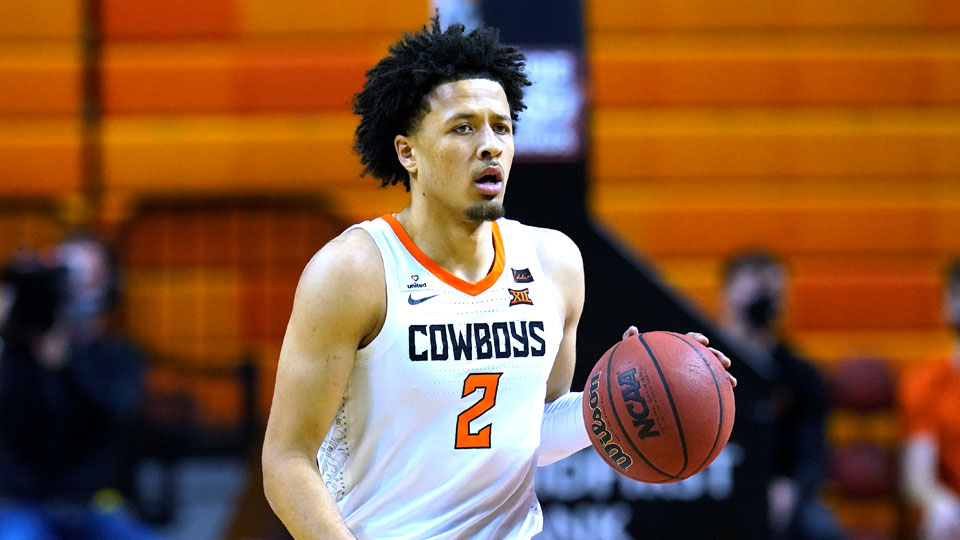
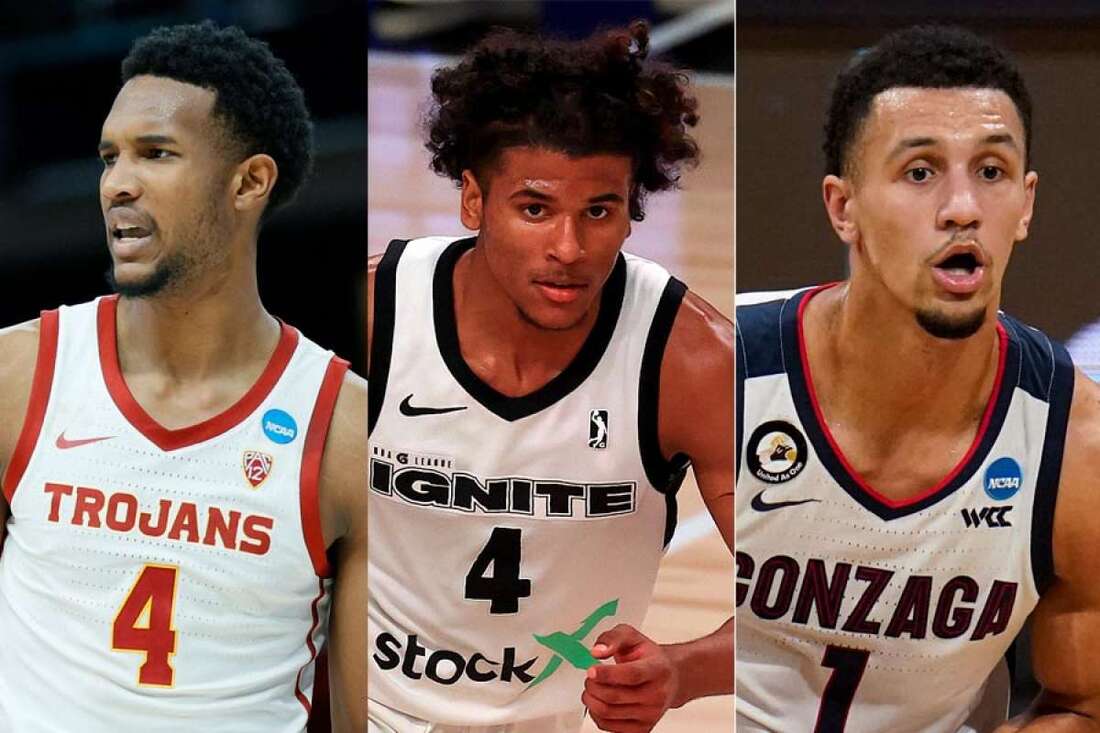
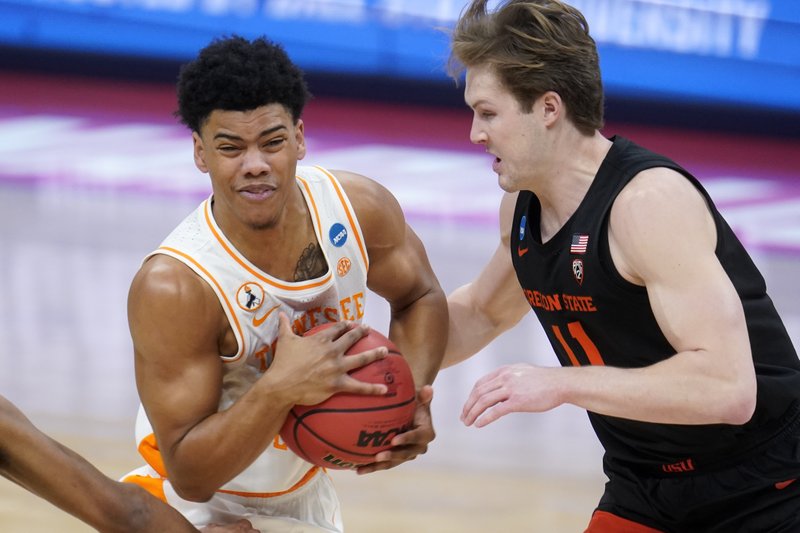
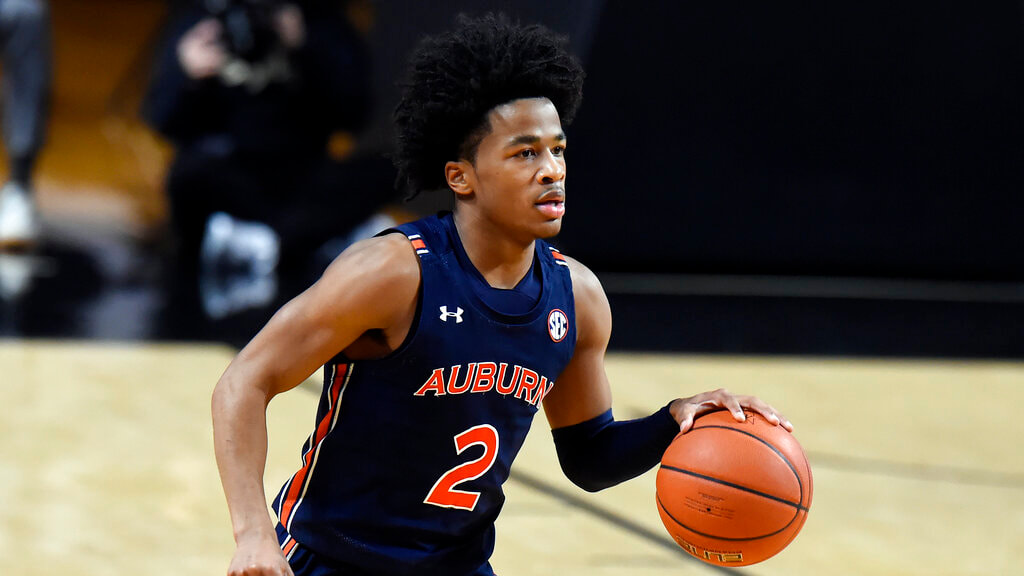
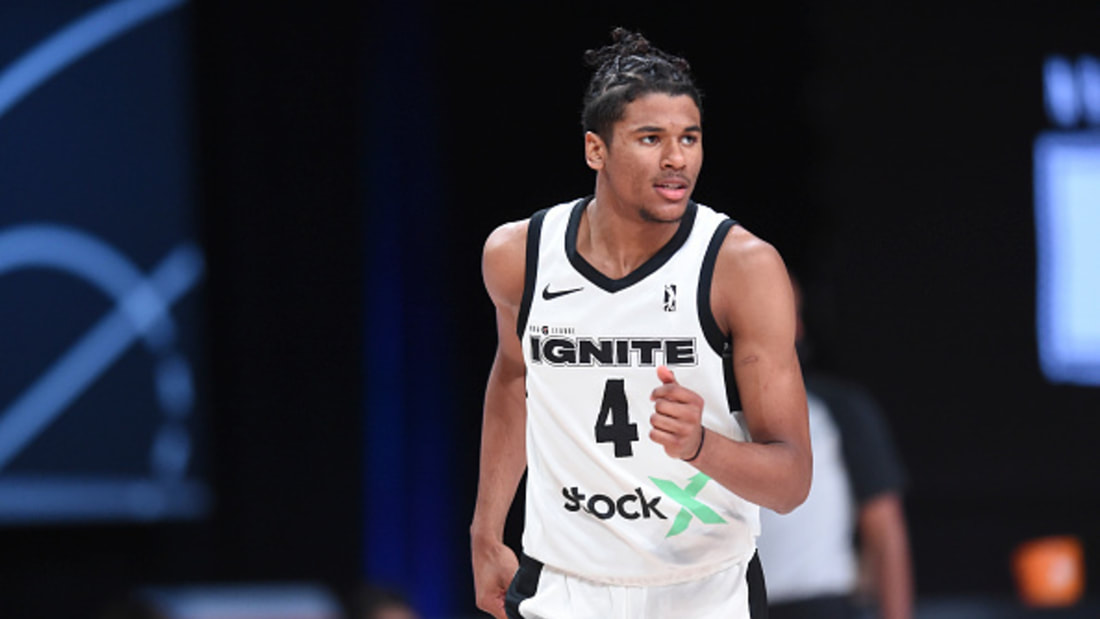
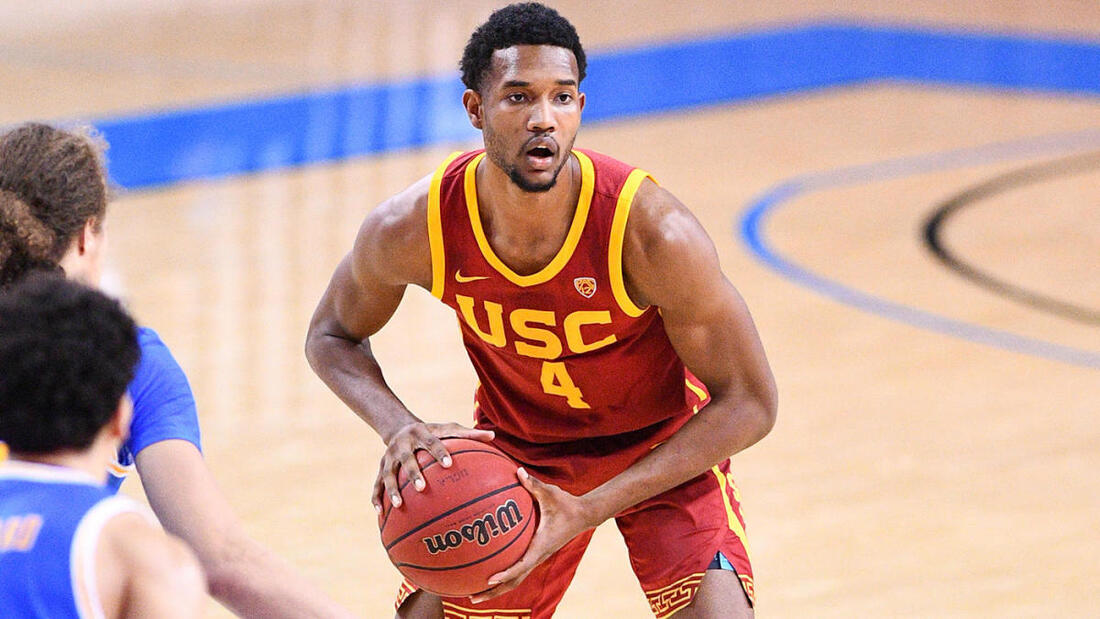
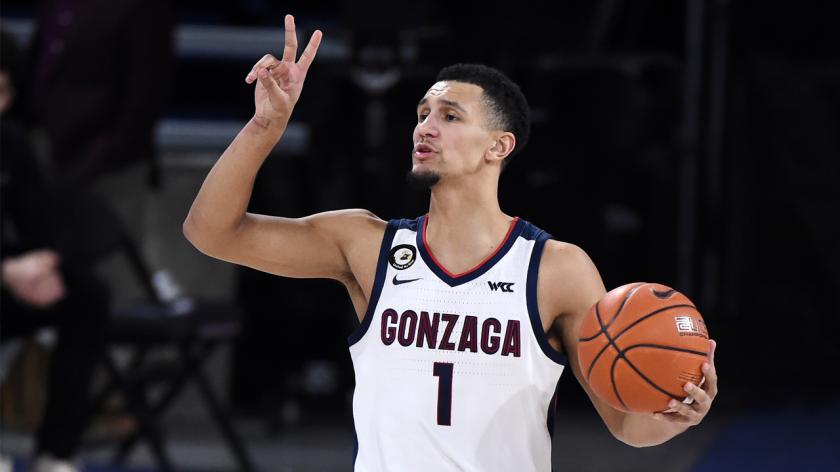
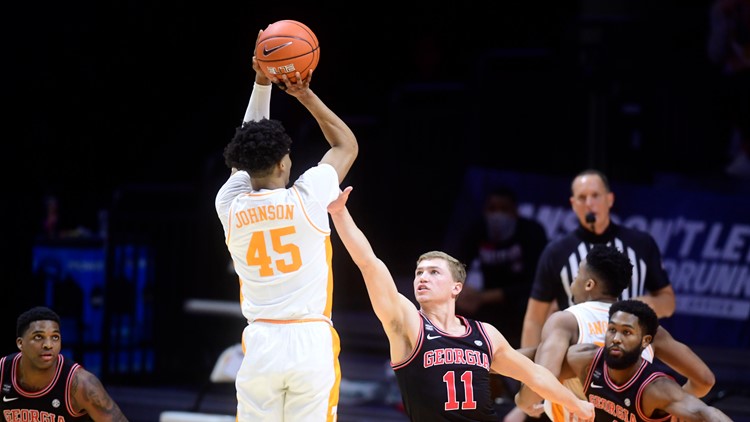
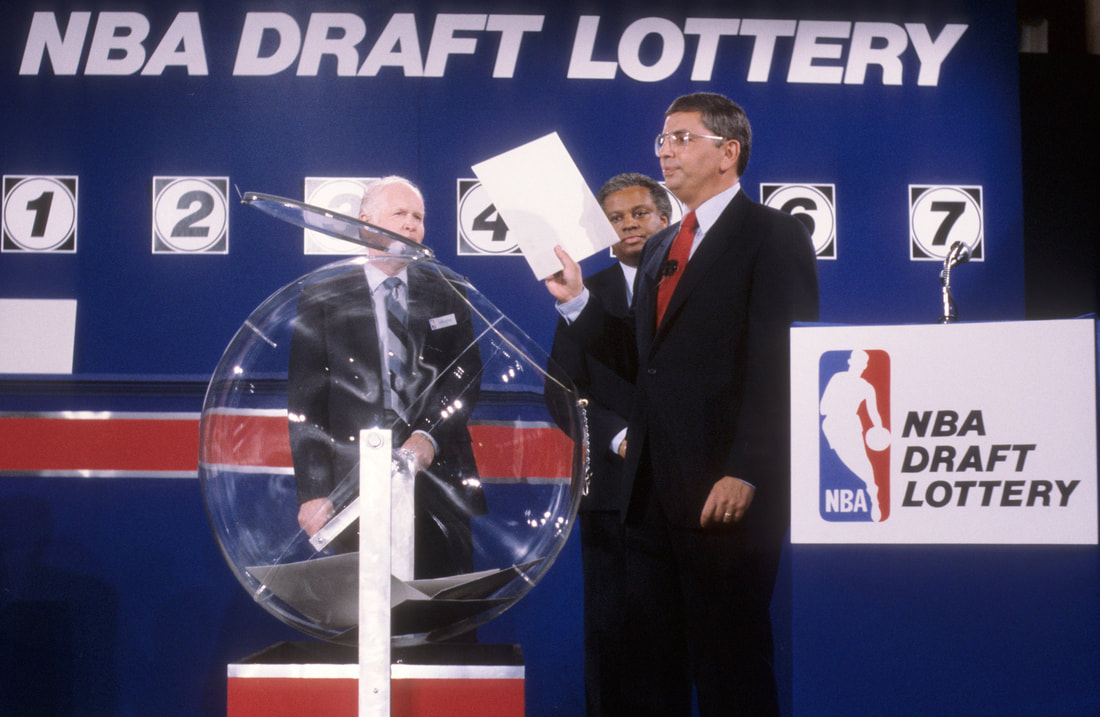
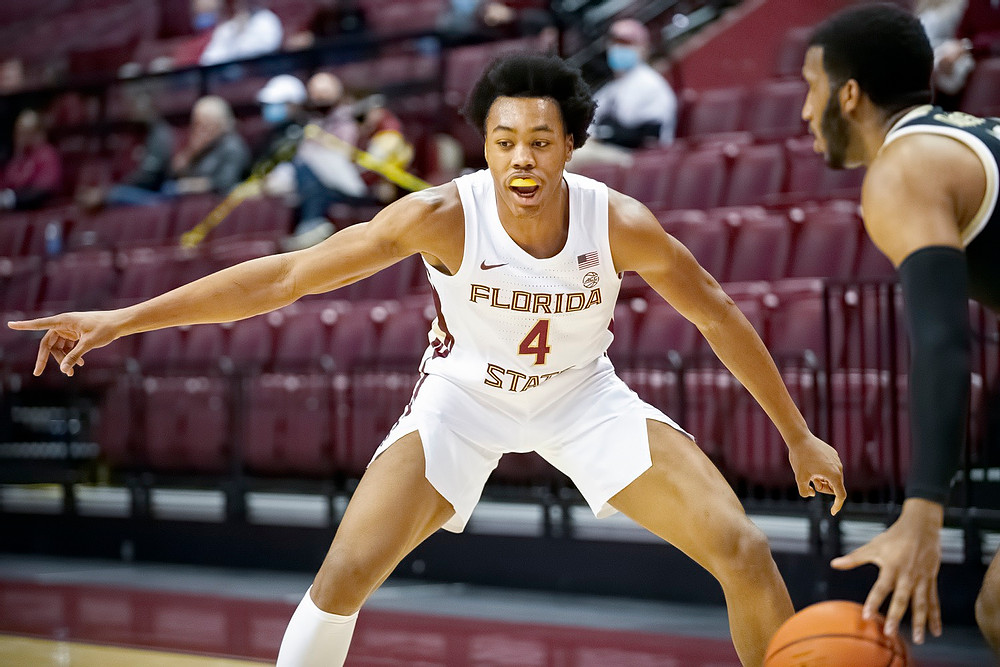
 RSS Feed
RSS Feed
